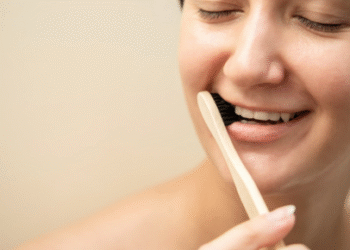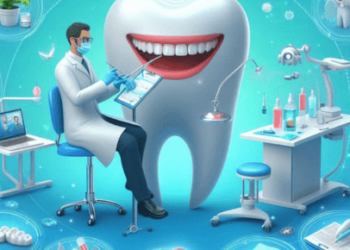
Welcome to the world of general dentistry, where we create beautiful smiles one tooth at a time. Today, our focus is on a very important component of dental care – dental crowns. These little wonders, much like the kings and queens of sugar land aesthetics, rule the realm of restorative dentistry. They restore strength, improve appearance, and gift us a radiant self-confidence that’s worth sharing. Let’s delve into their remarkable world, shall we?
What Are Dental Crowns?
Dental crowns are tooth-shaped caps that fit over a tooth. Dentists use them to restore a tooth’s shape, size, and strength. They also improve how the tooth looks.
Why Do People Need Dental Crowns?
There are several reasons a dentist might recommend a dental crown. These include protecting a weak tooth, restoring a broken tooth, or covering a tooth with a large filling. Dentists also use crowns to hold dental bridges in place or cover discolored teeth.
Types of Dental Crowns
There are four main types of dental crowns. These are ceramic, porcelain-fused metal, gold alloys, and base metal alloys.
Ceramic Crowns
Ceramic crowns are typically used for restoring front teeth. They are popular because they blend with your natural teeth.
Porcelain-Fused To Metal Crowns
These offer a stronger bond than regular porcelain because they are connected to a metal structure. They are also extremely durable.
Gold Alloys Crowns
Gold alloys contain gold, copper, and other metals. This results in a very strong crown that won’t fracture. It also won’t wear away the tooth itself.
Base Metal Alloys Crowns
These crowns are made from non-noble metals. They are highly resistant to corrosion and require the least amount of healthy tooth removal before fitting.
Dental Crown Procedure
The process of installing a dental crown typically involves two visits to the dentist. The first step involves examining and preparing the tooth, while the second visit involves the placement of the permanent crown.
Recovering from a Dental Crown Procedure
After the procedure, the crowned tooth may be sensitive. Dentists usually recommend over-the-counter pain relievers. You should also avoid such habits as grinding or clenching your teeth, chewing ice, biting fingernails, and using your teeth to open packaging.
Conclusion
Dental crowns are a valuable tool in the arsenal of a dentist. From enhancing aesthetics to restoring function, these little crowns truly rule the realm of dentistry. Remember, the health of your teeth is in your hands. With regular check-ups and good oral hygiene, you can ensure your crowns and natural teeth stay fit for a king or queen.
References
- American Dental Association – Crowns
- National Institute of Dental and Craniofacial Research – Crowns










